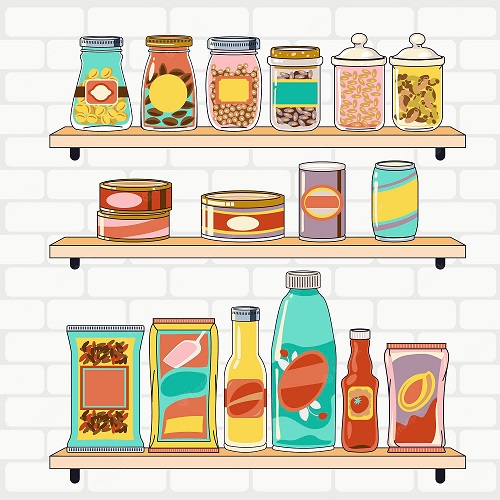Ask anyone what they think you should eat the night before a big event or workout and they will 9 times out of 10 tell you pasta….and lots of it.
Carbohydrate loading or ‘carbo loading’ describes how the food you eat before an event can give us more energy and decrease bonking (hitting the wall) by increasing the amount of glycogen in our muscles. While the body gets energy from most food groups, it converts carbs to glucose more easily than it converts fat or protein, so traditionally, loading up on carbs up to three days prior can mean a big energy boost.
While carbo loading is usually referred to marathon runners and triathletes, it can actually be helpful for anything over 90 minutes long. It is after this one and a half hour mark where our muscles really call on the glycogen resources to kick in and take over.
Personally, carbo loading is never something I have been a fan of. It makes me feel bloated, heavy and sluggish. The majority of my races when I was competing were under the hour mark so I tended to just stick with my daily diet. In fact, my favourite pre-race meal used to be Thai basil chicken without rice…
Even during training, I prefer to choose a lower-carb, higher-protein/ lower-fat diet to help train the body to use fat for energy and reduce its reliance on carbohydrates. Even for athletes who don’t use a low carb diet in training, according to this study
the most effective way to carbo load is to follow a normal diet with light training until the day before the race. On the day before the race, the athlete performs a very short, extremely high-intensity workout (such as a few minutes of sprinting) then consumes 12 g of carbohydrate per kilogram of lean mass over the next 24 hours. The regimen reportedly resulted in a 90% increase in glycogen storage
If you are going to go down the carb loading track it is probably wise to test it out in your training a few weeks prior and remember it doesn’t mean overeating…just changing what you eat.
When choosing your carbs to load on, make sure they are in lower in G.I. and combine with fats and protein to avoid the spike and slump. Sweet potatoes, wholemeal peanut butter sandwiches and bananas are great choices. Remember though you are most likely cutting back on the training before a big event so be careful your not pigging out and gaining weight.
Another aspect you should test in training is mid-race refuelling. This should be done every 15-20 minutes with races over 45 minutes long. If it’s gels or sports drinks, make sure you try them to make sure there are no upset tummies. Make sure you look for ones that contain electrolytes as well as carbohydrates.





